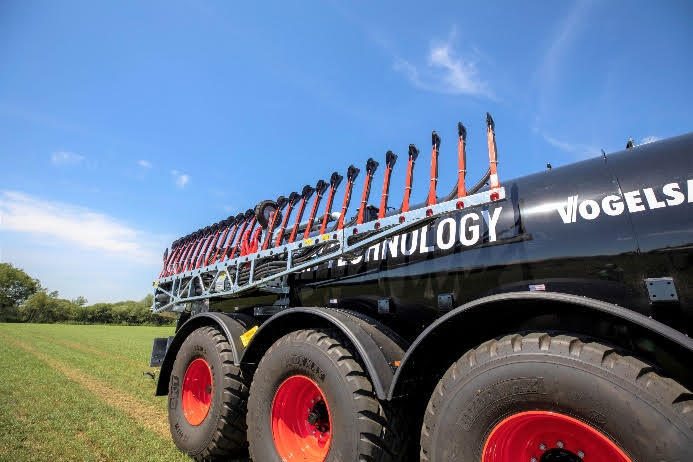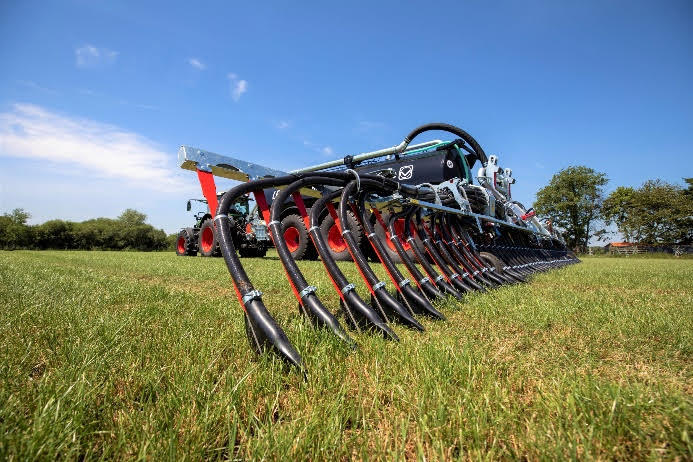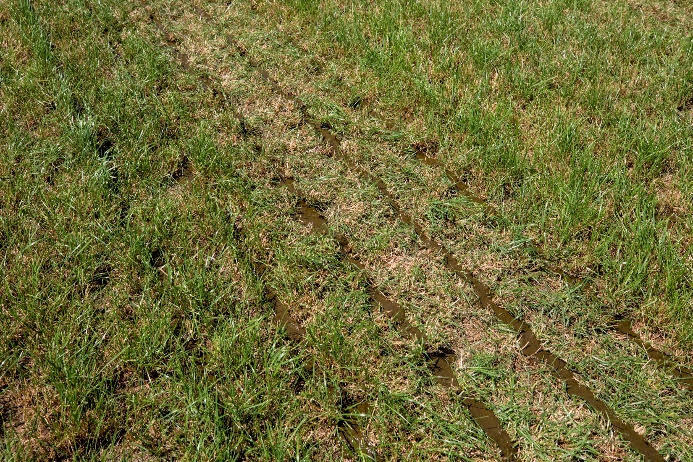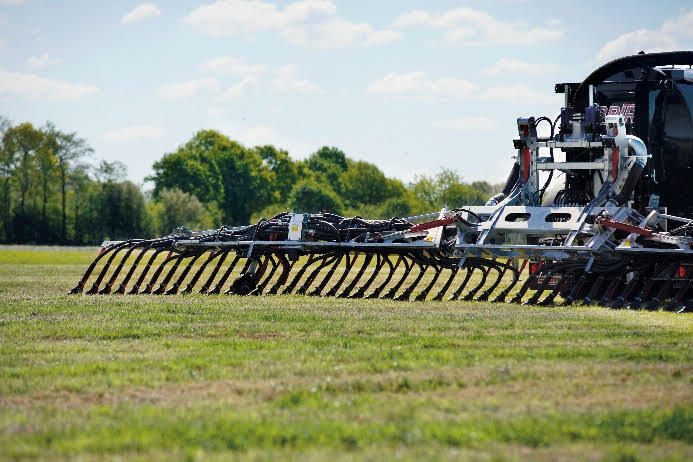



Top tips to overcome UK's slurry legislation
UK farmers have a short window to complyAs Defra (UK's Department for Environment Food and Rural Affairs) seeks to ban splash plates from 2025 onwards, and grants for slurry application equipment look likely to end soon, farmers have a short window to comply. Andy Hayhurst from slurry specialist Vogelsang suggests that there are options available to farmers, and stresses that short term fixes may not offer long term cost savings.

“One of the cheapest ways to comply with the splash plate ban is likely to be retrofitted tanker dribble bar systems. Whilst these will be a lower investment than a trailing shoe applicator, we suspect that dribble bar systems are not a truly sustainable option,” he says.
Mr Hayhurst says that parts of Europe have already banned dribble bar systems and that the UK is likely to follow suit. He further suggests that it could be false economy for farmers to choose the lowest cost option.

“The use of tankers with smaller, lower cost applicators is often not as efficient as wider working width alternatives. More hours are needed to cover the ground, during which the tractor is compacting more land and using more fuel. Making use of grants to invest in a wider trailing shoe system would help to mitigate against this and offer a future proof solution,” he adds.
Further legislation that will require all slurry to be covered by 2027 will also have an impact on machinery efficiency.
“When storage is no longer receiving rainwater, slurry will become thicker and present a greater challenge for any dribble bar or trailing shoe applicator. A good macerator can help with this. However, using a separator is likely to alleviate the likelihood of slurry damaging application equipment,” he says.

The Farming Equipment and Technology Fund (FETF) is offering £7,613 towards a separator, based on a purchase price of £19,033, as an investment with the potential to reduce storage requirements by up to 30 percent.
“Keeping slurry homogenous using mixers, and separating out dry matter, will provide the best quality liquid for application. Using a trailing shoe will ensure the crop is parted to enable the slurry to be applied to the soil and not tarnish the crop. This will also make it easier for the soil to absorb and make plant available the nutrients in the slurry,” says Hayhurst.
It is likely that more grants will be available this year. However, following years of the FETF and the Slurry Infrastructure Grant, the end of these grants looks to be coming soon.

“Securing a grant now could reduce the investment cost of a longer term option such as a trailing shoe before it is too late,” he says.
Dribble bar applicators, with a working width of at least 6 metres and an expected purchase price of £10,500, will be met with £4,200 of grant funding. Larger dribble bars, with a working width of at least 10 metres and an estimated cost of 13,500, will qualify for £5,400.
Trailing shoe and injection systems qualify for a more generous 50 percent grant, with the government estimating that a 6-metre injection system will cost £17,968 and the same sized trailing shoe £14,750. There is a further grant for larger trailing shoe systems with working widths of more than 8 metres.
"The writing is on the wall. Farming is being asked and encouraged to reduce emissions, reduce run off and make better use of all natural fertilisers. We expect that, during this decade, all farms will be moved towards trailing shoe applicators. It is also apparent that because there are soil and crop health benefits, along with operational savings, that farmers who take advantage of the grants and invest now will save money,” he concludes.



